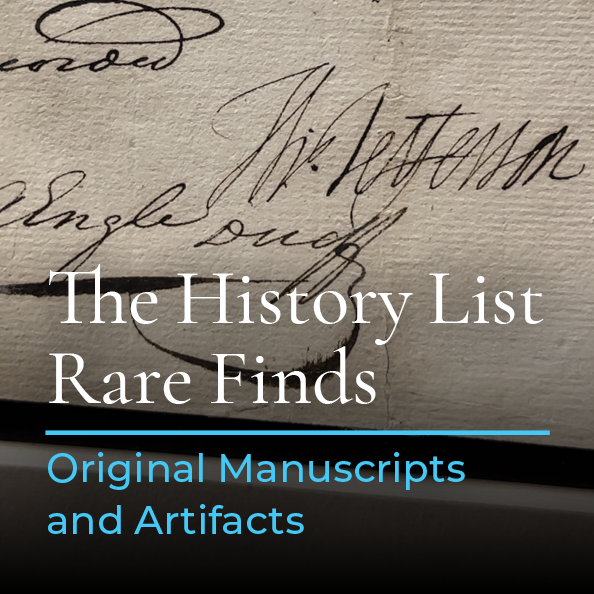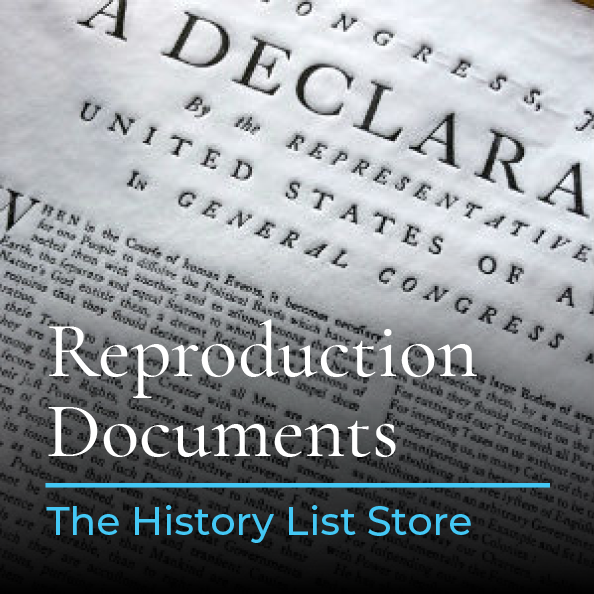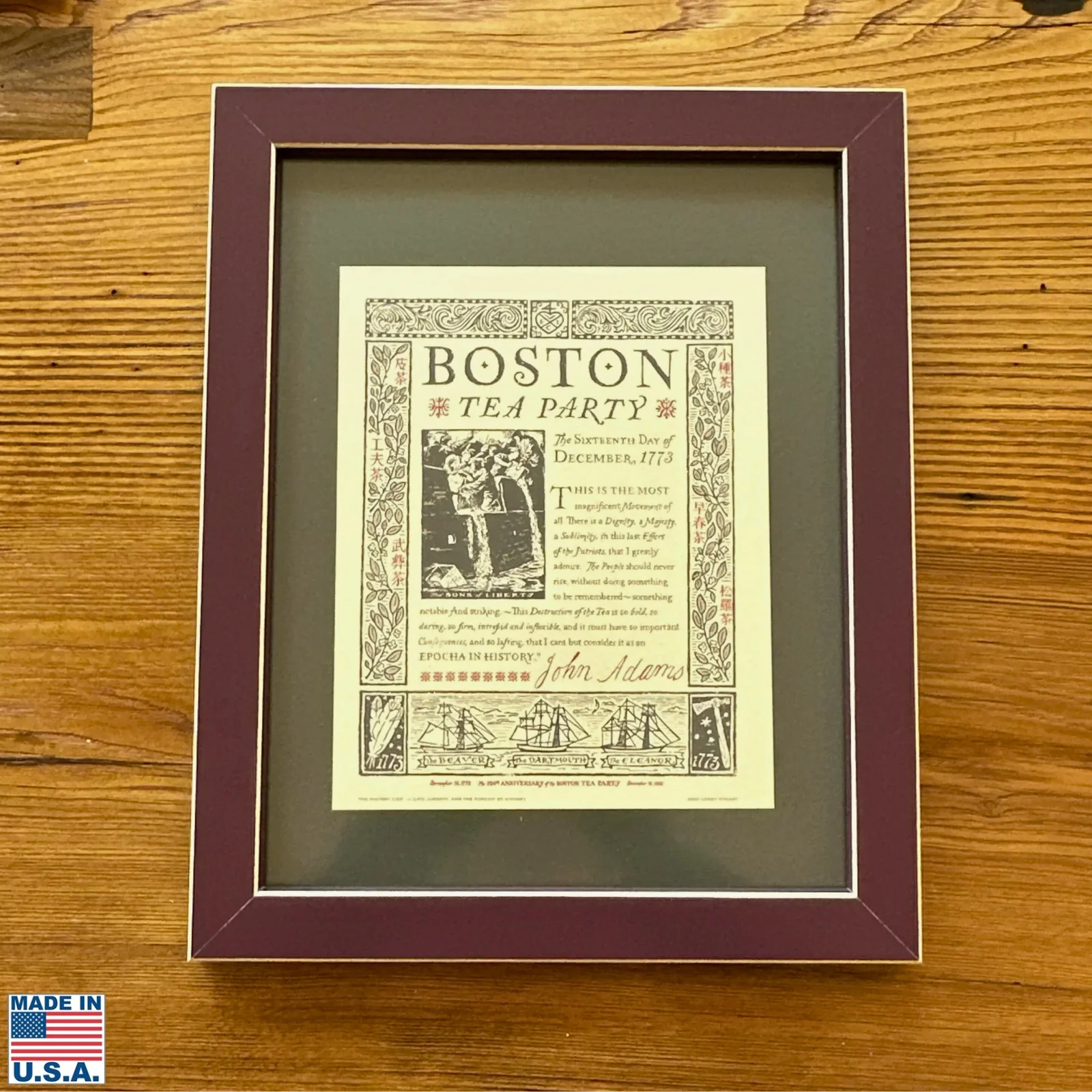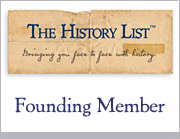Why The History List?
The inspiration and motivation for creating The History List came from three experiences: Serving on the board of our local historical society, attending little known events and looking for other similar events, and seeing the way in which traveling in the region created the interest to read more about the history behind the markers and monuments.
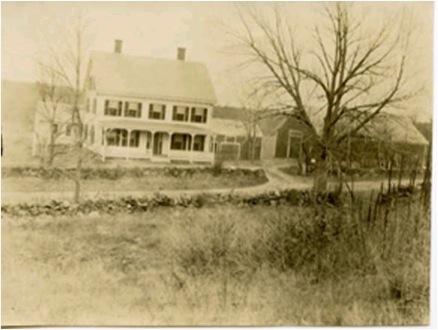 The challenges of local historical societies
The challenges of local historical societies
When we moved to New England from outside of the region, I wanted to learn more about the history of the old (c. 1780) house we’d just bought. This led me to the local historical society and, before long, election to the board and an appointment to our city’s historical commission. This, in turn, led me to take a closer look at the challenges facing organizations working to preserve local history. Other than not enough time or volunteers, and not enough money, which are problems common to almost all organizations regardless of mission, two stood out:
- Making their collections available to interested individuals, which includes the challenge, especially for small organizations, in simply cataloging the collection. And given that fewer people are attending local history museums and historical societies, making collections available online becomes even more important, which poses another set of challenges.
- Making people aware of their events and programs. While most of the programs presented by a local historical society may be of interest mainly to the residents of that community, some programs are of broader interest, and there are few good avenues for publicizing these beyond the community where they’re presented. Likewise, for those interested in learning more about a certain topic, where do you turn to stay updated on programs and events that would be of interest?
The challenge of discovering little-known events
The first fall we were here we happened to notice a sign in front of the fire station of a nearby town promoting an event that Saturday. We went and had a great time. It was perfect in every way. There weren’t that many people there, which was fine for us as spectators, but it did make you think that more people would have attended if more would have known about it.
Talking with one of the reenactors that afternoon, I asked where I could go to find out about similar events. After thinking for a minute, he pulled out his business card and wrote his personal e-mail address on it: “If you’ll send me an e-mail message next spring, I’ll send you a link to a couple of websites that list other Revolutionary-era reenactments in the region.”
A few weeks later I sat in on discussion with the executive directors of some of the larger historical societies in the area and heard the plan they were considering for promoting events at their organizations. I offered up a few ideas, and realized later that, the more I thought about a scalable, sustainable approach, the more interesting and the more challenging designing the solution became. (A few years later I had the opportunity to brief this same group and invite them to participate in the closed beta for institutions.)
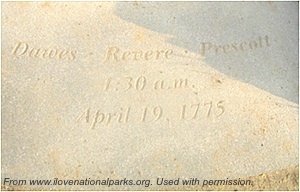 The experience of coming face with history
The experience of coming face with history
The last experience was the most motivating: Becoming more and more interested in learning about the history behind the monuments and markers that I saw around me. (The marker on the spot where Dawes, Revere, and Prescott were stopped on the morning of April 19, 1775 is shown at right. Later that morning the first shots were fired in the Revolutionary War.) And when I started reading about the people behind these events I realized that history was so much more than the names and dates learned in school. Instead it was the personal stories of decision, courage, and sacrifice: How would I have reacted if I’d been there? What decision would I have made? Would I have been willing to make the sacrifice they made?
In most cases, it wasn’t until I read the first-hand accounts and dug deep in the research and biographies that I began to understood the complexity of many of the events that have been reduced to a paragraph or two in most history school books. And it was then that I started to make the connection between the events “in history” to the choices we face today.
The History List: Bringing you face to face with history.
October 20, 2011 update: The ideas above are captured in a presentation in this post—Why the History List Matters.

